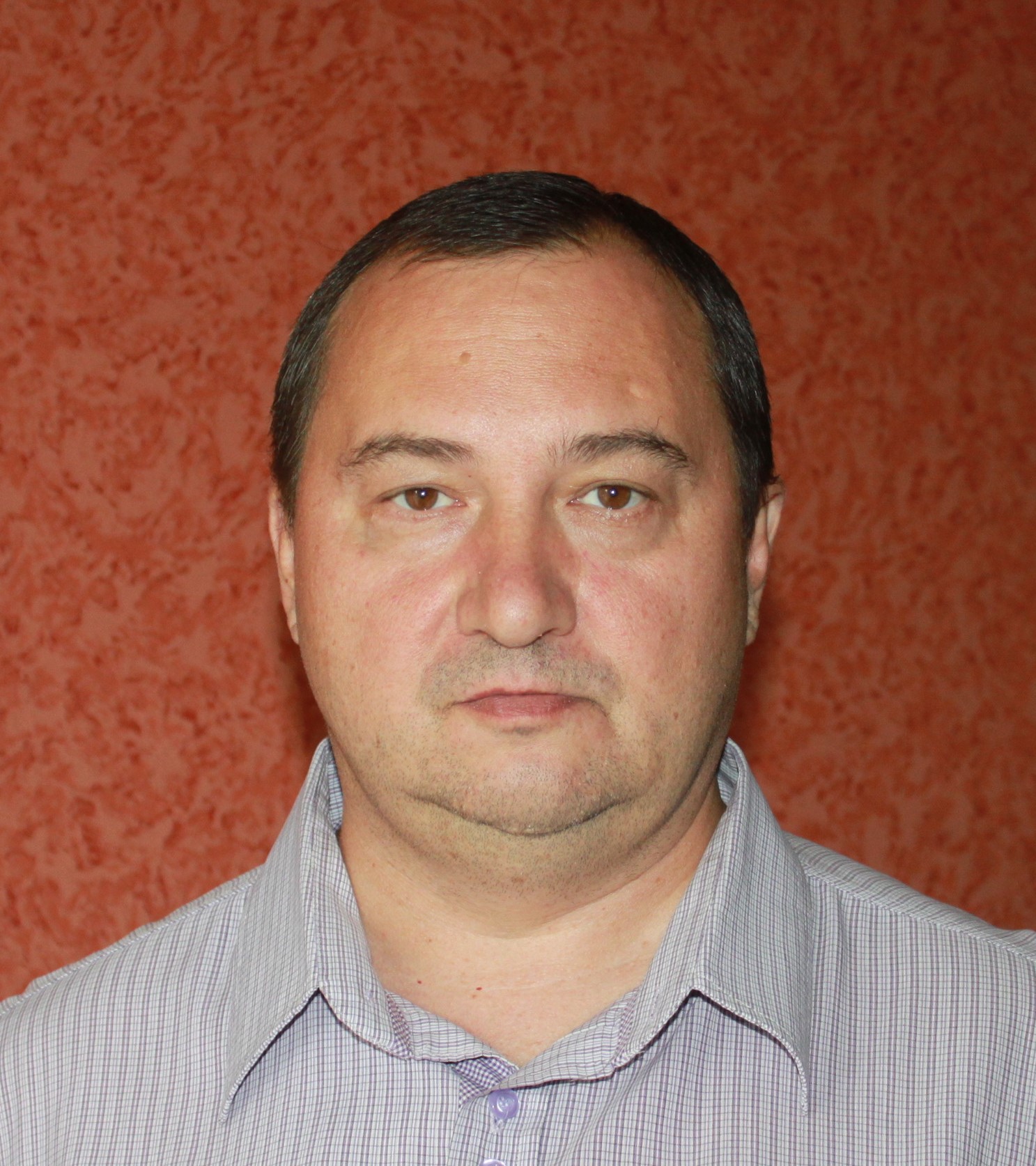The object of the research is a syncretic reality in which pure reason and religion are present. The subject of research is religion and pure reason in their structural relations in modern times and today. The study was formed in accordance with the structural and functional method. Its essence consists in searching for visible connections between the subjects of pure reason and the subjects of religion. The phenomenological method is a complement to the structural-functional one, since it can be used as a method of analysis in the fundamental phenomena of being and consciousness, rational and religious components are intertwined in a life composition, in which sometimes the rational and religious are inseparable from each other and have the same goals, for example: victory over poverty, disease and other adversities. In this sense, building or analyzing structural correspondences brings the researcher closer to a clear picture of the goals and means to achieve mutual understanding. Between the subjects of pure reason and the subjects of religion, structural relations are possible, which include components of a rational-rational nature and elements of faith, i.e. fideistic attitude to reality. The history of these relations stretches between three humanitarian spheres: natural religion, religion and science, or the realm of pure reason, which relies on the discoveries of science and modern ethics. The trend is that technological progress and the inexorable advance of science do not weaken the interest not only in religion in General, but also in its manifestations in civil and personal life. The question of these relationships becomes more acute over time, so it requires research.
Keywords: natural religion, religion, modern time, Christianity, science, secularization, anthropocentrism, pure reason
DOI: 10.22250/2072-8662.2020.3.55-61
About the author
 |
Alexander V. Usachev – DSc (Philosophy), Professor at the Department of Philosophy and Social Sciences; Bunin Yelets State University; |






